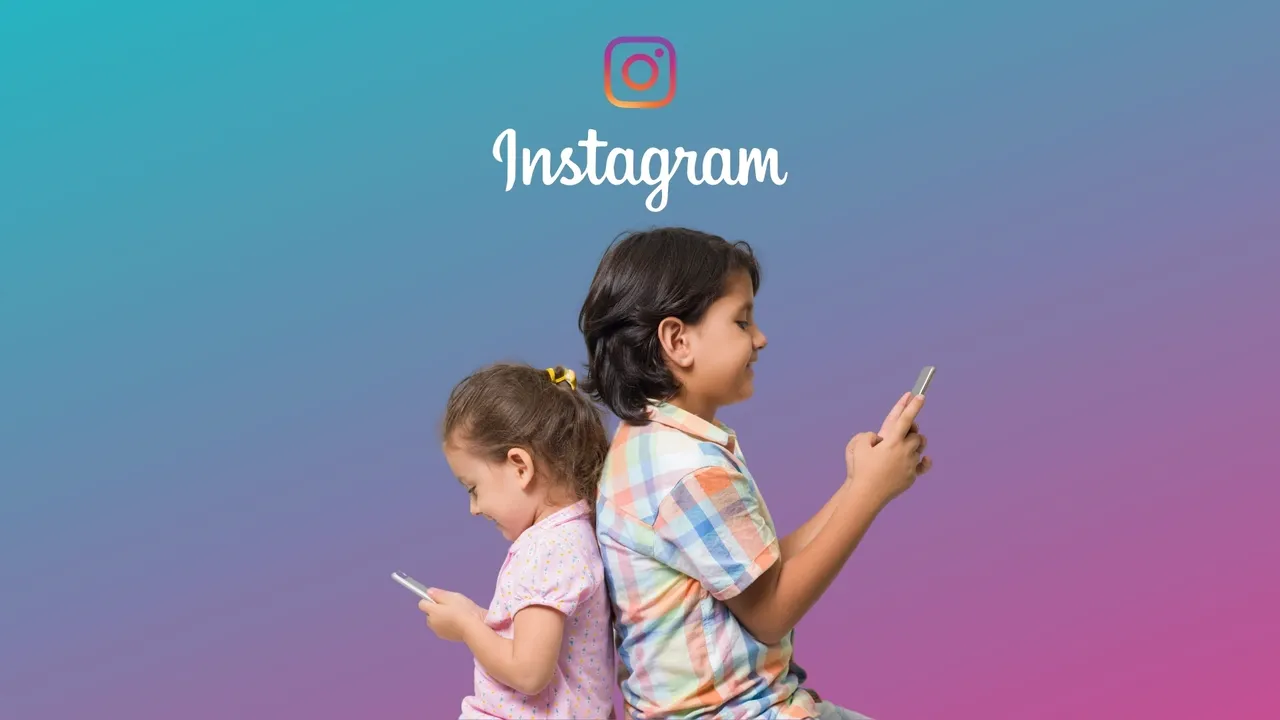Waves of controversy seem to find their way to Facebook continuously. It’s a surprise that the platform hasn’t been wiped-out just yet, given the fact that it’s getting battered left, right, and center with tsunamis of leaks and allegations.
In the most recent tide of events (yes, we’re not done with the whole surf scheme), The Wall Street Journal’s ‘Facebook Files’ expose has temporarily put a stop to Facebook launching Instagram For Kids. The platform decided to meet with relevant regulatory and advisory groups before taking the project online in hopes of “getting it right”.
Instagram For Kids
The project was announced earlier this year and was directed not at children but ‘tweens’ aged 10 – 13. With Instagram’s minimum sign-up age set at 13, Instagram For Kids was the supposed response to calm the increasing number of kids who were busy trying to “hack the system” so they could get on the main platform.
Concerning the situation, Facebook had this to say:
“We firmly believe that it’s better for parents to have the option to give their children access to a version of Instagram that is designed for them – where parents can supervise and control their experience – than relying on an app’s ability to verify the age of kids who are too young to have an ID.”
If you look at it carefully, the Instagram landscape is a hodgepodge of personalities and influence, some of which don’t particularly stand well with individuals and groups concerned with children’s welfare. Several child safety groups are aware of the potential dangers that the project poses and have petitioned an open letter for our boy Mark Z. to “rethink” the idea. If you think about it, could there be such a thing as a “child-friendly” Instagram?
GRAMMING For Attention
Experts and officials have the right to raise concerns. It’s been studied that Instagram can impart hefty psychological impacts. With an extreme focus towards personal appearance and self-branding being identified as primary reasons why individuals choose to go on the platform, it’s no surprise why there would be those who would oppose opening a kids-exclusive version of it. They believe that such ideas will likely present challenges to an adolescent’s wellbeing.
In fact, the same expose file sheds light on Facebook’s increasing awareness of the negative impacts that Instagram can have on young users. The internal document reports:
“32% of teen girls said that when they felt bad about their bodies, Instagram made them feel worse […] Teens blame Instagram for increases in the rate of anxiety and depression. This reaction was unprompted and consistent across all groups.”
To go further, the Royal Society for Public Health conducted a study in 2017, resulting in Instagram’s classification as being “The Worst Social Media Platform For Young People’s Mental Health”. The study highlights key emotions linking platform use to feelings of loneliness, depression, and anxiety.
Certain people on Instagram would go through any length to promote their image. Such behavior often undermines how one’s actions can sometimes completely disregard the wellbeing of others. Attempts to uplift oneself by posting a lifestyle-change pic are typically met with insult or backlash.
Kids shouldn’t have to go through that.
The Wrap
We can go on and on about the various ups and downs of Instagram, but we know you all have your lives to live so, we’ll keep it nice and short. There are hundreds, if not thousands, of publications online that discuss relationships between social media and mental health. While community-driven, media-sharing platforms such as Instagram can have certain advantages in terms of exposure and traction, it also opens up several risks, especially for younger users.
A more effective solution to this kind of issue isn’t to simply cancel plans of trying to reach a younger audience, but that Instagram and its parent company, Facebook should allocate more resources into creating and implementing regulations that are meant to uphold and protect all users well being and privacy. It’s part of an overarching problem that’s way bigger, which we’ll eventually tackle.
Let’s face it, no one will stop people from coming to Instagram, and those that can’t, due to age, will only find more ways to work around the gate. There is no “best way” forward. It will have to be an arduous journey of revision and collaboration because what’s at stake here is worth more than any amount of revenue. You can’t price wellbeing. You can’t bring something as expansive as the Instagram space down to tweens by simply removing this or banning that, no. Something as ambitious as this needs critical levels of deliberation and expertise.
Behavior isn’t taught, it’s programmed. You don’t teach children how to be respectful, you show them.
Sources

